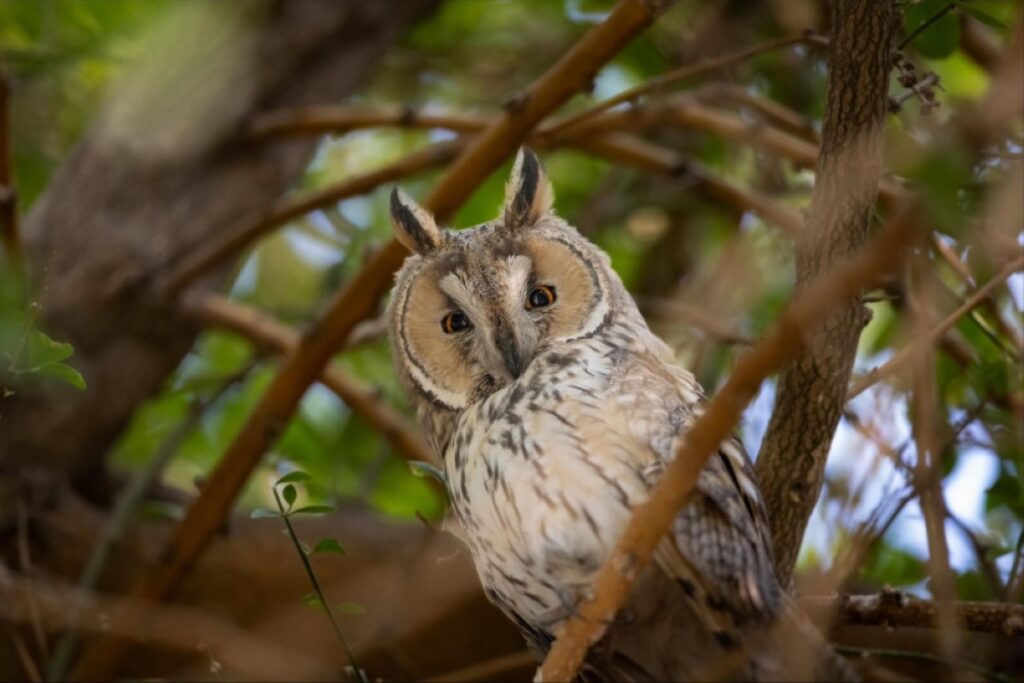KUWAIT: Kuwaiti photographer and environmentalist Dr Abdullah Al-Zaidan has captured and documented several rare birds during their winter migration through Kuwait, including a long-eared owl in Shuwaikh Public Park, a short-eared owl, and an Eastern Imperial Eagle in Jahra Nature Reserve. Speaking to Kuwait News Agency (KUNA) on Thursday, Dr Al-Zaidan highlighted Kuwait’s role as a key stopover for migratory birds, providing safe habitats and natural ecosystems essential for their survival.
He explained that sightings of the long-eared owl in Kuwait are exceptionally rare, with only 11 recorded observations during the November-to-March migration season. The owl is distinguished by its two prominent ear-like feather tufts, striking orange eyes, and nocturnal hunting habits, typically preying on small mammals and birds. It prefers densely wooded and shaded areas, including agricultural lands, farms, public parks, and protected green spaces such as the Jahra Reserve, Sulaibiya, Wafra, and Abdally farms. In contrast, the short-eared owl is more common and easier to observe. It features short, inconspicuous ear-like feathers, a light-colored round face, and yellow eyes. Unlike its long-eared counterpart, it favors open environments and is active during the day.

Kuwaiti photographer and environmental expert Dr Abdullah Al-Zaidan

Long-eared owl at night

Eastern Imperial Eagle in Al-Jahra Reserve

Long-eared owl in Shuwaikh Park

Short-eared owl in Al-Jahra Reserve
Dr Al-Zaidan also noted the presence of the Eastern Imperial Eagle, an uncommon and endangered winter visitor to Kuwait. The eagle, native to Eastern Europe, the Middle East, and Central Asia, measures 72 to 90 centimeters in length, with a wingspan approaching two meters. It is larger than the Steppe Eagle and Greater Spotted Eagle and is characterized by dark brown plumage, a light golden neck, and distinctive white shoulder patches visible in flight.
The Imperial Eagle inhabits open forests, deserts, and agricultural lands, feeding primarily on small mammals. Dr Al-Zaidan emphasized the importance of Kuwait’s natural habitats in supporting the survival and sustainability of migratory birds, both locally and on international migration routes. — KUNA

